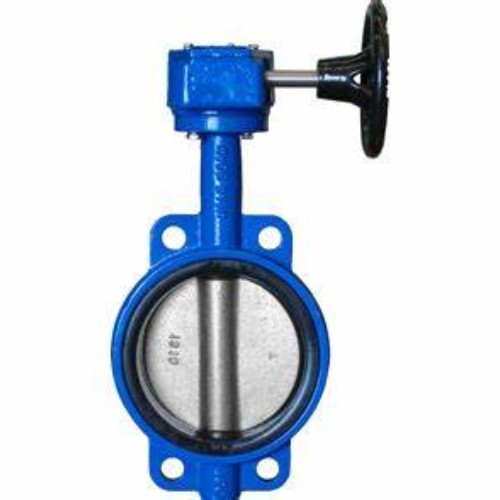Comprehensive Guide to Butterfly Valve Seat Types
Understanding Butterfly Valve Seat Types
Butterfly valves play a crucial role in various industrial applications, primarily due to their ability to control the flow of fluids efficiently. At the heart of a butterfly valve is its seat, a critical component that directly impacts performance, durability, and sealing characteristics. This article delves into the different types of butterfly valve seats, providing insights into their design, materials, and applications.
1. Resilient Seats
Resilient seats are the most common type and are typically made from elastomers such as EPDM, NBR, or silicone. These materials are known for their excellent sealing capabilities and flexibility, allowing them to deform and tightly seal against the valve disk. Resilient seats are widely used in applications where low pressure and moderate temperatures are present. They provide a good balance between performance and cost, making them a popular choice in water and wastewater treatment plants.
2. Metal Seats
Metal seat butterfly valves feature seats made from metals such as stainless steel or cast iron. These valves are designed to withstand high temperatures and pressures, making them ideal for harsh environments. They are often used in processes involving steam, hot oil, or chemicals at elevated temperatures. While metal seats do not offer the same level of tight sealing as resilient seats, they are more durable and can better resist wear and tear, extending the product’s lifespan.
3. Soft Seats
butterfly valve seat types

Soft seats, similar to resilient seats, utilize softer materials that provide excellent sealing properties but are designed for specific applications. These seats are typically composed of advanced polymers, such as PTFE or reinforced materials, which offer superior chemical resistance and can handle a wider temperature range. Soft seats are particularly advantageous in the pharmaceutical and food industries, where maintaining strict purity and safety standards is essential.
4. Fire-Safe Seats
In industries where fire hazards are a concern, fire-safe seats are crucial. These seats are designed with additional features that ensure the valve remains functional and leak-proof in the event of a fire. They usually incorporate a secondary metal seat that comes into play if the primary seat fails due to extreme heat. Fire-safe butterfly valves are commonly used in oil and gas applications, as well as in chemical processing plants, where the risk of fire is significant.
5. Triple Offset Seats
Triple offset butterfly valves are a newer design that incorporates three offsets in the valve geometry. This design minimizes friction, enhances sealing, and allows for a tighter closure. Triple offset seats are typically made from metal and are used in high-pressure and high-temperature applications, including power generation and oil refining. Their design not only improves performance but also prolongs the life of the valve by reducing wear.
Conclusion
The choice of butterfly valve seat type is crucial for ensuring optimal performance in specific applications. With options ranging from resilient and metal seats to specialized designs like fire-safe and triple offset seats, it is essential to select the right type based on the operating conditions and requirements. Understanding the distinctions among these seat types allows engineers and technicians to make informed decisions, ensuring safety, efficiency, and longevity in fluid control processes.
-
The Key to Fluid Control: Exploring the Advantages of Ball Valves in Industrial SystemsNewsJul.09,2025
-
The Versatile World of 1, 2, and 3 Piece Ball ValvesNewsJul.09,2025
-
Stainless Steel Ball Valves: The Ideal Choice for Efficient Flow ControlNewsJul.09,2025
-
Optimizing Fluid Control with Ball Float ValvesNewsJul.09,2025
-
Manual Gate Valves: Essential for Control and EfficiencyNewsJul.09,2025
-
Everything You Need to Know About Butterfly ValvesNewsJul.09,2025
-
The Versatility of Wafer Type Butterfly ValvesNewsJul.08,2025




